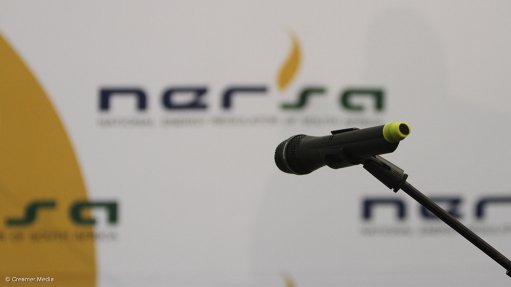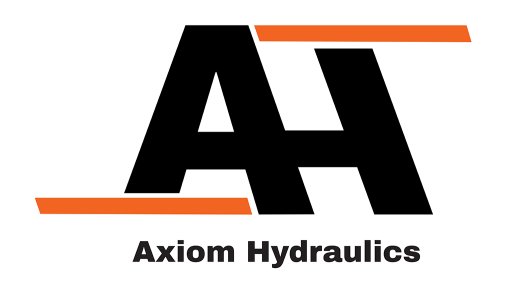Renewables-related job creation
Most jobs in renewables are created during installation. This is not different from constructing a soccer stadium or building the next Carlton Centre, where foundations are laid, cement is poured and steel pillars are erected.
Sustained growth in jobs and localisation are dependent on the pace and longevity of the installation programme. There are very few jobs after the installation period. In time, you will see greater automation, where more secure jobs will be at the high-skilled end than at the low-skilled end. South Africa needs to diversify its manufacturing and industrial base.
South Africa’s share of world manufactured exports dropped from 0.33% in 1995 to 0.29% in 2013. Manufacturing is the only sector to have continued shedding jobs since the third quarter of 2010, with its contribution to total employment dropping from 14% in 2008 to 12% in 2012.
One can understand why questions are being asked now about the capability of the Renewable Energy Independent Power Producer Procurement Programme (REIPPPP) to deliver jobs and ensure high levels of localisation. The 2011 Green Economy Accord set a target of achieving 35% localisation from the REIPPPP by 2016 and then working towards an aspirational target of 75%. In the process, 50 000 jobs are expected to be created by 2020.
A renewables industry that is built on a dual strategy of utility-scale and distributed generation, if coordinated well, will most likely create a sustainable industry and secure jobs in the sector.
Given the weighting in the REIPPPP on price, it is unlikely to deliver the promised industrialisation from a scaled-up renewables programme. Local-content metrics are based on weightings that favour capital spend rather than component development targets.
Local-content specifications are helpful, as they can localise material use and offset import costs and exchange losses. However, while some renewables will demonstrate diverse localisation opportunity, because of their varied low-level and high-level value chains, others are not so easily amenable to localisation – so, most components will have to be imported.
The truth is that localisation is not the same as industrialisation. There will be some form of localisation, but these will be ‘thin’, compared with the deeper and more sustained forms of industrialisation we see in other developed or emerging economies. Industrial capability is a lot more complicated. Building blades and towers for wind turbines is driven by necessity and does not involve a high level of industrial capability. Shipping wind blades and towers in does not make sense because of their deadweight and huge transport costs, so they have to be manufactured locally anyway.
Besides, those who develop projects know that, for renewables independent power producers to get financial closure, they need components and parts to be certified by experienced manu- facturers of these components. A typical wind turbine has 6 000 components, and a vast number of specialised components that require skilled engineering and fabrication will not be manufactured in South Africa because most component manufacturing is consolidated within a globalised market that has long been in existence.
There must be more compelling reasons than four rounds of REIPPPP bids for manufacturers of various specialised and high-value components, whether for solar or wind, to relocate and set up a base in South Africa.
High levels of industrialisation for mature renewables technologies are unlikely in South Africa. But certain types of specialised components and designs that can benefit from some of our economic endowments could make that a long-term prospect – if we are able to scope these out well and not only see value in supplying a local renewables industry but also export within Africa and outside the continent.
Great opportunity may be on offer with the development of concentrated solar power (CSP), but this will require a well-crafted industrial strategy that probably has to be focused on one or two CSP technologies where the potential for learning is high, innovation spillover is plentiful and alignment with our skills and resource advantage is strong. In its recently published technology roadmap, the International Energy Agency projects that CSP will account for 11% of global electricity generation by 2050, powered by 980 GW installed capacity.
Such a strategy would require partnerships with international firms and financiers, as South Africa will not have all the resources to see the full phase of frontier technology development through. Some of the cheaper sources of finance can be attracted from clean technology funds.
The current approach of an agnostic view for technology and industrial development in the renewables space will not lead to high levels of specialised industrialisation and manufacturing capability for renewables technologies. It is possible to design an industrial procurement programme – on a phased basis – to arrive at the appropriate technology. Solar towers appear to be the most promising option not only to ensure domestic energy security but also to export a variety of specialised high-value components. As we currently stand, the REIPPPP, with its strong price focus, holds limited prospects for growing a renewables manufacturing sector in South Africa.
Article Enquiry
Email Article
Save Article
Feedback
To advertise email advertising@creamermedia.co.za or click here
Comments
Press Office
Announcements
What's On
Subscribe to improve your user experience...
Option 1 (equivalent of R125 a month):
Receive a weekly copy of Creamer Media's Engineering News & Mining Weekly magazine
(print copy for those in South Africa and e-magazine for those outside of South Africa)
Receive daily email newsletters
Access to full search results
Access archive of magazine back copies
Access to Projects in Progress
Access to ONE Research Report of your choice in PDF format
Option 2 (equivalent of R375 a month):
All benefits from Option 1
PLUS
Access to Creamer Media's Research Channel Africa for ALL Research Reports, in PDF format, on various industrial and mining sectors
including Electricity; Water; Energy Transition; Hydrogen; Roads, Rail and Ports; Coal; Gold; Platinum; Battery Metals; etc.
Already a subscriber?
Forgotten your password?
Receive weekly copy of Creamer Media's Engineering News & Mining Weekly magazine (print copy for those in South Africa and e-magazine for those outside of South Africa)
➕
Recieve daily email newsletters
➕
Access to full search results
➕
Access archive of magazine back copies
➕
Access to Projects in Progress
➕
Access to ONE Research Report of your choice in PDF format
RESEARCH CHANNEL AFRICA
R4500 (equivalent of R375 a month)
SUBSCRIBEAll benefits from Option 1
➕
Access to Creamer Media's Research Channel Africa for ALL Research Reports on various industrial and mining sectors, in PDF format, including on:
Electricity
➕
Water
➕
Energy Transition
➕
Hydrogen
➕
Roads, Rail and Ports
➕
Coal
➕
Gold
➕
Platinum
➕
Battery Metals
➕
etc.
Receive all benefits from Option 1 or Option 2 delivered to numerous people at your company
➕
Multiple User names and Passwords for simultaneous log-ins
➕
Intranet integration access to all in your organisation

















